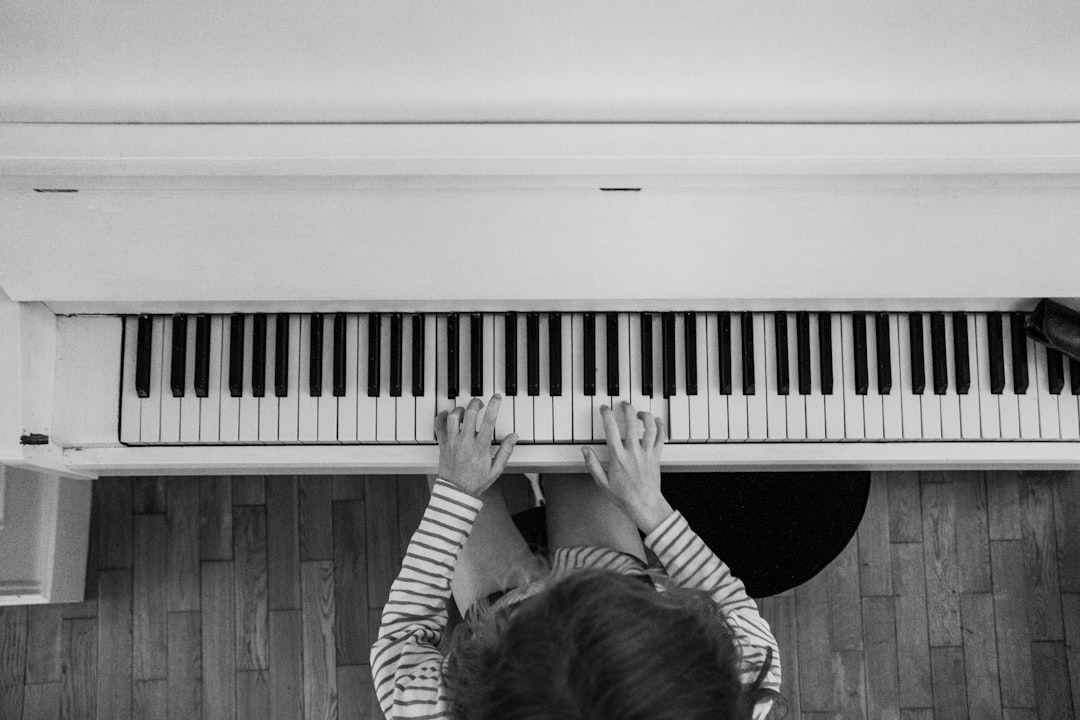The Beauty of Negative Space in Graphic Design
In the fast-paced world of graphic design, it is often easy to get caught up in the pursuit of creating visually striking and attention-grabbing designs. However, there is a timeless technique that can elevate a design to new heights – the mastery of negative space.
Negative space, also known as white space, is the area surrounding and between the elements of a design. It is the absence of visual elements and serves to provide necessary breathing room for the eye. While it may seem counterintuitive to leave parts of a design blank, when used effectively, negative space can create a stunning visual impact.
One of the most famous and well-known examples of negative space in graphic design is the FedEx logo. At first glance, the logo appears to be a simple arrangement of bold, purple and orange letters. Yet, upon closer inspection, one can see a small arrow formed between the letters “E” and “x”. This clever use of negative space not only adds hidden meaning but showcases the power of this design technique.
The beauty of negative space lies in its ability to enhance the overall impact of a design. It allows the viewer’s eye to rest and prevents overwhelming visual clutter. By judiciously incorporating empty space, a designer is able to guide the viewer’s attention to the most important elements of a composition.
Negative space can also create optical illusions and captivate the viewer’s imagination. A prime example of this can be seen in the logo design for the Tour de France. The logo cleverly utilizes negative space to create the illusion of a bicycle rider, with the yellow wheel forming the rider’s head. Such designs not only make an immediate visual impact but also invite viewers to engage further with the design.
Furthermore, negative space can evoke emotions and add depth to a design. By allowing elements to breathe, the designer can create a sense of tranquility and elegance. Think of the iconic logo of Apple Inc., featuring a simple apple silhouette with a bite taken out of it. The clever use of negative space in this logo makes it instantly recognizable and conveys a sense of simplicity and sophistication.
Negative space is not limited to logos; it plays a vital role in various forms of graphic design, such as posters, advertisements, and magazine covers. For instance, in advertising, negative space can be used to draw attention to the main message or product being advertised. By strategically arranging elements and incorporating white space, the viewer’s focus is directed to the core message, making it more likely to resonate and be remembered.
In conclusion, the beauty of negative space in graphic design lies in its ability to bring balance, enhance visual impact, and evoke emotions. By carefully utilizing empty space, a designer can create designs that are not only aesthetically pleasing but also convey a deeper message. The effective use of negative space in logos, advertisements, and other forms of visual communication can make a lasting impression on viewers and elevate the overall quality of a design. So, the next time you embark on a design project, remember the power of negative space and let it breathe life into your creations.















